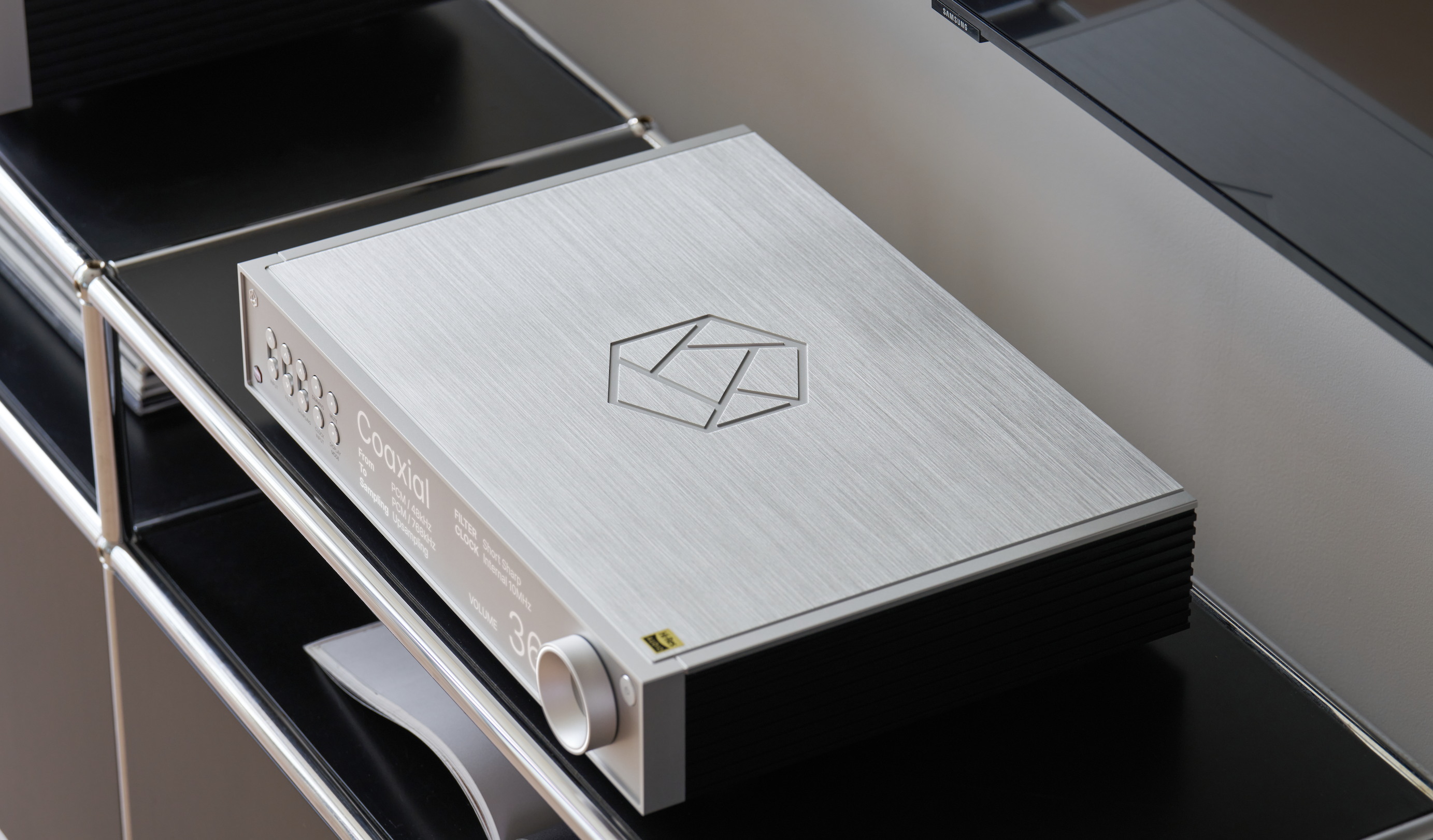HiFi Rose's new DAC costs more than my entire hi-fi system, and I still want it
If you're an audiophile and you haven't considered a HiFi Rose, no you're not

You've got to ask yourself one question: do I feel like an audiophile? (Well do ya, punk? Sorry.) The thing is, only a dedicated, dyed-in-the-wool audio aficionado would consider – and indeed covet for actual months – this particular separate. But if you've got the system, it'll almost certainly do wonders with it. Simply put, if you want the best hi-res audio your collection of hi-fi separates can possibly deliver, you should probably have a little look at the HiFi Rose RD160 DAC and pre-amplifier.
It uses several new and proprietary HiFi Rose technological acronyms, including ROSE DPC, ROSE NRA, and ROSE CIM. Quick run-down of those? We should, shouldn't we, especially when dealing with this elite end of the market. This is not your average DAC and would doubtless consider itself above even the best headphone DACs we've tested. In fact, it costs more than my entire hi-fi setup combined, but that doesn't mean I'm not interested…
The ROSE DPC (Digital Processing Core) Module "guarantees signal accuracy and precision regardless of the source thanks to using an OCXO clock" according to the company. ROSE CIM (Completely Isolated Module) architecture uses a two-chip solution. Yes, this is a fully balanced, dual-mono DAC design with complete mechanical separation between channels. ROSE NRA (Noise Reduction Analogue) filter achieves, says the hi-fi specialist, a "flat frequency response, even in the very low-frequency range". Impressive.
Wow, DAC's beautiful… and expensive
HiFi Rose tells me that three customized reference-level linear power supplies drive the two channels and the main digital processing board independently, in a bid to reduce interference and crosstalk. Again, RD160 uses two DAC chips per channel; the Asahi Kasei AK4191 handling digital filtering and initial delta-sigma modulation stages and the AK4499EX handling the final digital-to-analog conversion.
Alongside the usual connectivity options, the RD160 also features an SFP USB input, which supports optical USB conversion, and for further compatibility with a wider high-end system, the RD160 also offers 50Ω and 75Ω external clock inputs.
HiFi Rose's RD160 also features an output level setting option, allowing you to select from fixed output levels between 1V and 9V. Why is that good? It allows you to connect to a wide range of amplifiers and avoid low output or too much gain and clipping.
Lastly, we need to talk about that solid aluminum chassis. It's a full-width HiFi Rose product (which means it can be part of your hi-fi 'stack', although you really do need to invest in a proper hi-fi rack at this level) and you get an IR remote control in the box. There's also something the company's calling a "hidden screen" front panel, to relay all key playback information, plus some front-panel buttons and a reassuring hi-fi knob to help you control things.
Get daily insight, inspiration and deals in your inbox
Sign up for breaking news, reviews, opinion, top tech deals, and more.
Through that front screen, you can access four sampling options (Bypass, PCM, DSD, and Upsampling) and six digital filters to find the sound that suits your tastes. And when sat back in your listening position, your multiple screen display options include a live soundwave of each channel, so you can see what you're hearing too.
It's so elegant, no? It comes in black or silver and will arrive in November 2024. And now the delicate topic of coin: HiFi Rose RD160 is officially £4,699 in the UK, which means it'll come in at around $6,180 or a cool AU$9,000.
Need something more portable but have a little cash to spend? Check out the iFi xDSD Gryphon. You won't regret it.
You may also like
- 3 of the best wireless DACs to seriously upgrade music from your smartphone
- See our pick of the best headphones for all budgets
- And here's our pick of the best wired earbuds you can buy

Becky became Audio Editor at TechRadar in 2024, but joined the team in 2022 as Senior Staff Writer, focusing on all things hi-fi. Before this, she spent three years at What Hi-Fi? testing and reviewing everything from wallet-friendly wireless earbuds to huge high-end sound systems. Prior to gaining her MA in Journalism in 2018, Becky freelanced as an arts critic alongside a 22-year career as a professional dancer and aerialist – any love of dance starts with a love of music. Becky has previously contributed to Stuff, FourFourTwo and The Stage. When not writing, she can still be found throwing shapes in a dance studio, these days with varying degrees of success.